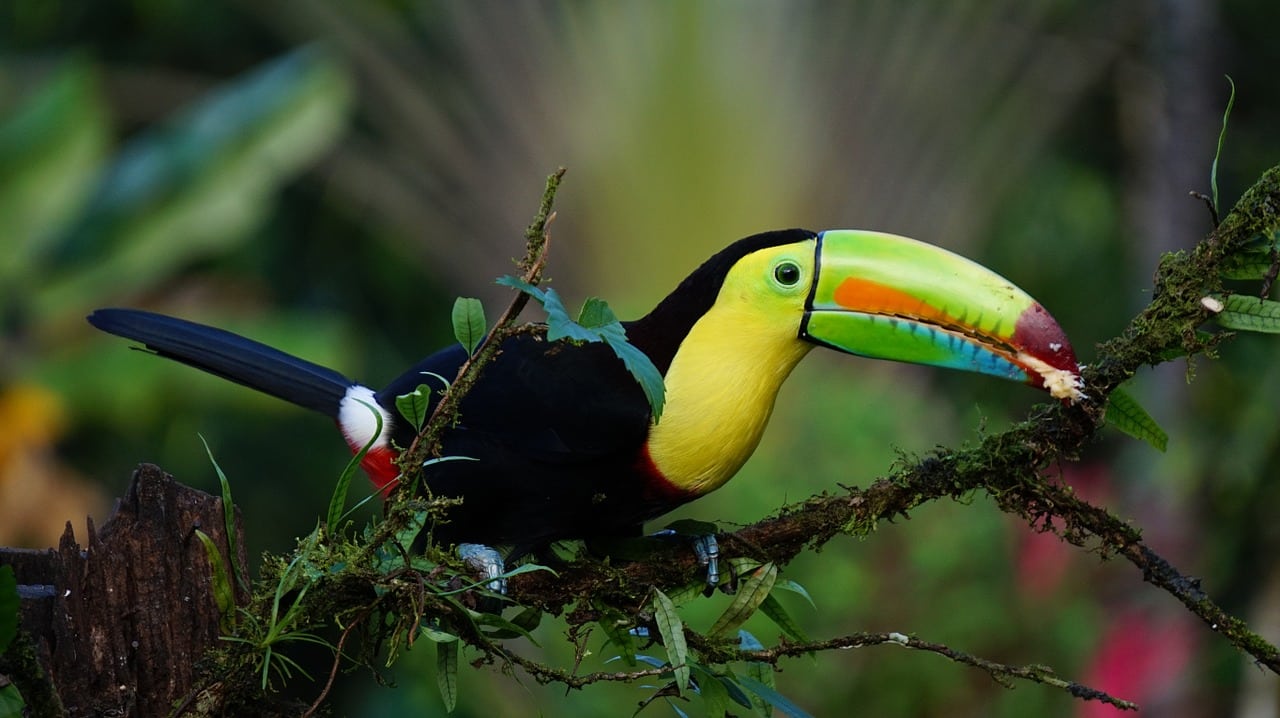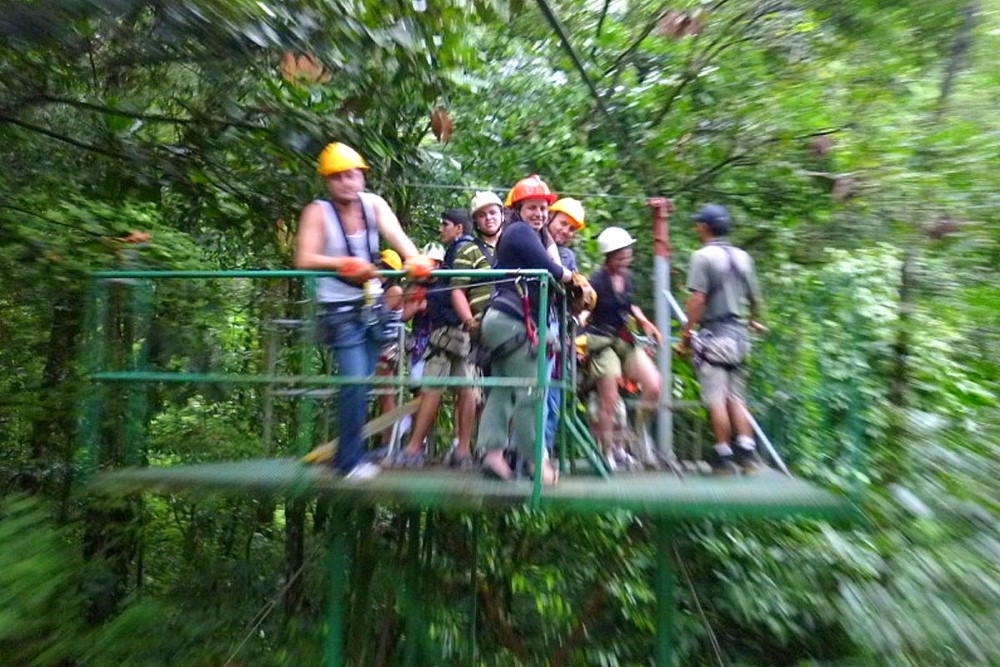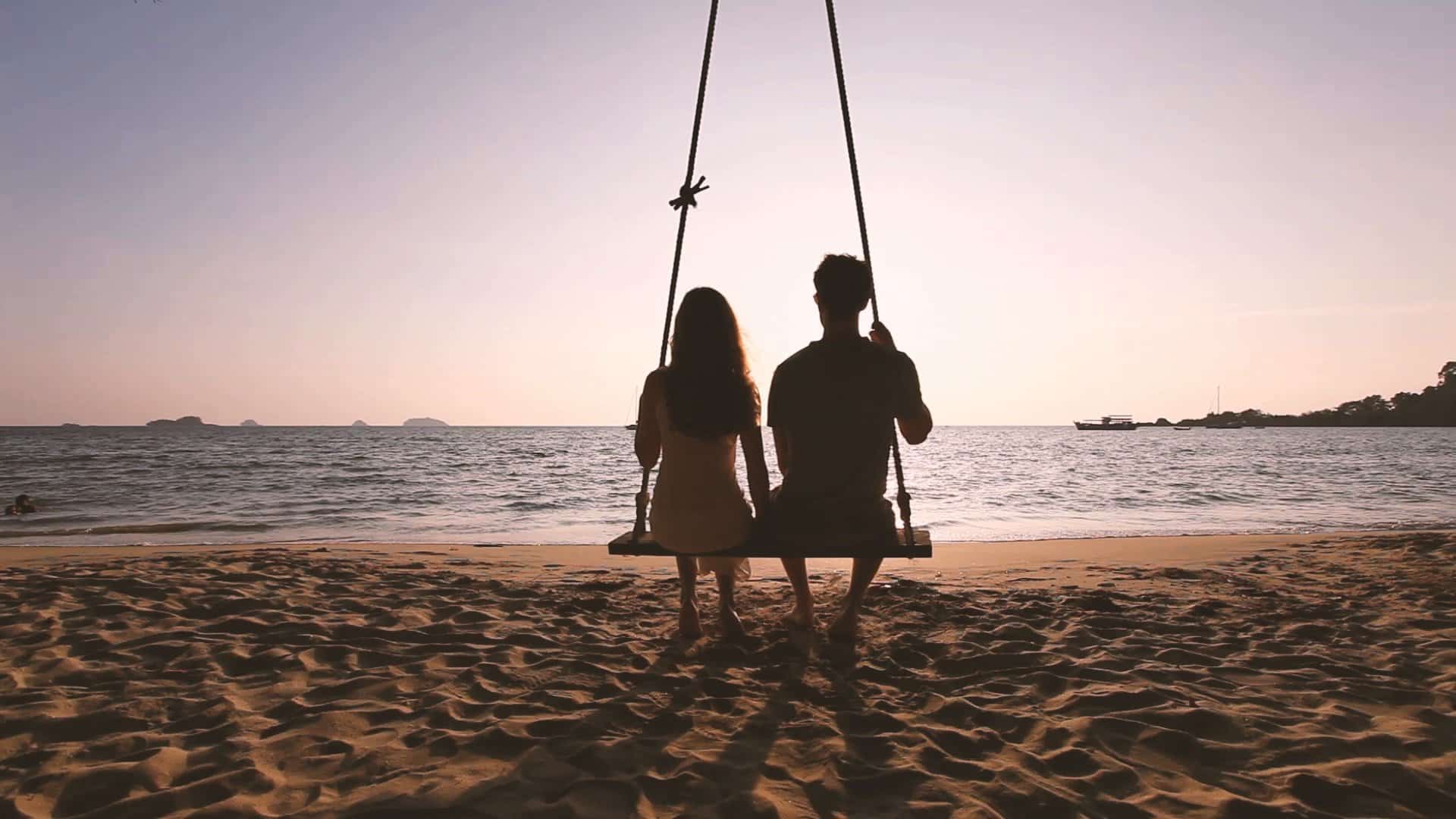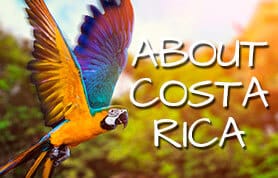Costa Rica’s More Elusive Species May Soon Be Non-Existent if the Country Doesn’t Act Soon.
Costa Rica is attracting more and more tourism and its popularity as a favorite destination is greatly thanks to its wonderful wildlife. Who has not heard of the spider monkeys and the Titi monkeys, of the anteaters and the tapir, or the great jaguar and its smaller cousin the ocelot, or the great yellow and blue macaws, or the little tiny poison frogs and the huge leatherback turtles? All of these animals, poster children of Costa Rica Tourism, are in great danger of extinction.
There are, in total, 155 endangered species of plants and animals in this country, including large felines and other mammals, beautiful exotic birds, marine mammals and turtles, and many rare plants. According to the InBio Park in Santo Domingo in Heredia, the Convention of International Trade of Endangered Species has come out with the following numbers: 16 bird species, 13 mammal species, 2 amphibians and 8 reptiles.
Ever since 1992 there has been a law protecting these animals as many were captured for the exportation of their skins or to be sold as pets. According to the Red List of Threatened Species (www.iucnredlist.org), Costa Rica is classified just behind Panama in the Central American list of animals in danger of extinction. These shocking numbers have so far not alarmed the government anywhere near enough as the Ministry of the Environment has declared that these numbers were still too low to trigger any kind of action, while environmentalists, on the other hand, are urging them to act! The problem is that while hunting is now almost totally unseen, deforestation is the enemy, and it is going to take more than a few laws to put a stop to it, as it involves the fate of large investments.
Lists of the endangered species released by the government indeed seem to be very much unchanged, year after year, when everyone is aware that the situation is now almost catastrophic. Maybe the information release to the public is not as close to the truth as it should be. This together with the fact that the state doesn’t donate enough funds in order to work toward protecting the biological corridors to save animals like the jaguar and the ocelots who depend totally on their environment to survive.
Most of the donated money comes from other countries and while Costa Rica could not survive alone in this battle, it should still do more to preserve its environmental friendly image. With eco-tourism virtually invented in this country, more and more tourists come here to satisfy their hunger for nature and to find what is now present in only so very few countries. However, if the government doesn’t increase its efforts soon, it will not be long before visitors realize that this country is more concerned about what tourism brings than the actual preservation of its fauna.
The black panther is now totally extinct and the jaguar and ocelot populations are lesser everyday. The jaguars in particular favor peccaries as their main source of nourishment, and once these animals become extinct, then the jaguar is in peril. Farmers in Corcovado shoot the big cats as man and beast live closer and closer together and end up sharing the same territories. Not long ago there was the story of a puma trapped in some tree in Heredia, with the farmers and locals throwing stones at the poor animal, not knowing what to do, resulting in the death of the big cat!
Education can play a big part in this battle. It has been studied that an average 4 out of 10 families own wild animals as pets, animals that may have been rescued as well as captured in less than acceptable methods.
The turtles have recovered since a campaign to help stop the collection of their eggs; which were considered a local delicacy with the promise of aphrodisiac effects too! Now those who collected the eggs are the very ones who work as guides, proudly protecting these awesome creatures. Development, again, is now their sole enemy.
The primates also suffer from development and too much tourism, and the spider monkey in particular is at risk. The Curu Reserve in Guanacaste is presently running a program to reintroduce rescued half-domesticated spider monkeys back into the wild. Climate changes throughout the whole planet are reeking devastation in Costa Rica and experts blame them for the disappearance of this primate in places like Monteverde. While the Howler and Capuchin monkeys are still prevalent, it is considered quite a treat to catch a glimpse of a Spider Monkey!
The large yellow and blue Macaws are almost impossible to see in the wild these days, and the scarlet macaw, locally known as Lapa Roja, is in danger of disappearing completely. There are very few wild scarlet macaw populations in this country that have a long-term chance of survival, including an estimated population of 200 in the Carara National Park and 1,600 in the Corcovado National Park, where as many as 40 may be seen at one time. However, macaws can also be seen regularly at the Palo Verde National Park, Santa Rosa National Park, and other forested parts of the Gulf of Nicoya and Osa Peninsula.
These beautiful birds, considered icons of the tropics for many, fearlessly and majestically patrol the skies, in pairs of two, four or six, as they mate for life. Poachers take the chicks and sell them on the black market in the United States, despite a ban that prohibits importing the birds. Sadly, most of them die before they even get a chance to reach their final destination.
Although they were claimed to be extinct in Costa Rica, a population of manatees has been spotted in the rivers and lagoons adjacent to the world famous green turtle nesting beach Tortuguero National Park. Manatees are also being protected under a program at the Gandoca Manzanillo Wildlife Refuge. The rediscovery of these peculiar animals shows that there is hope in the air as they obviously favor the waters of Costa Rica. Let’s hope that other mammals share this preference for Costa Rica land and water, and that in the years to come this country can be truly proud of its conservation achievements.
The balance of the flora and fauna is a delicate one and as we go about disturbing it, some negative results and effects are inevitable. There are simply some areas that must stay untouched, where even tourism should be monitored strongly as sadly wherever man goes there is some kind of destruction taking place.





